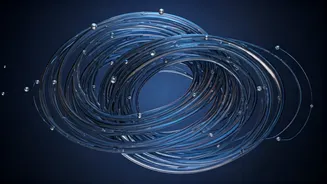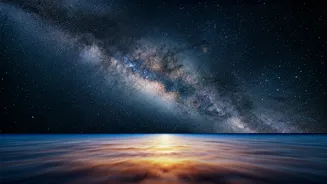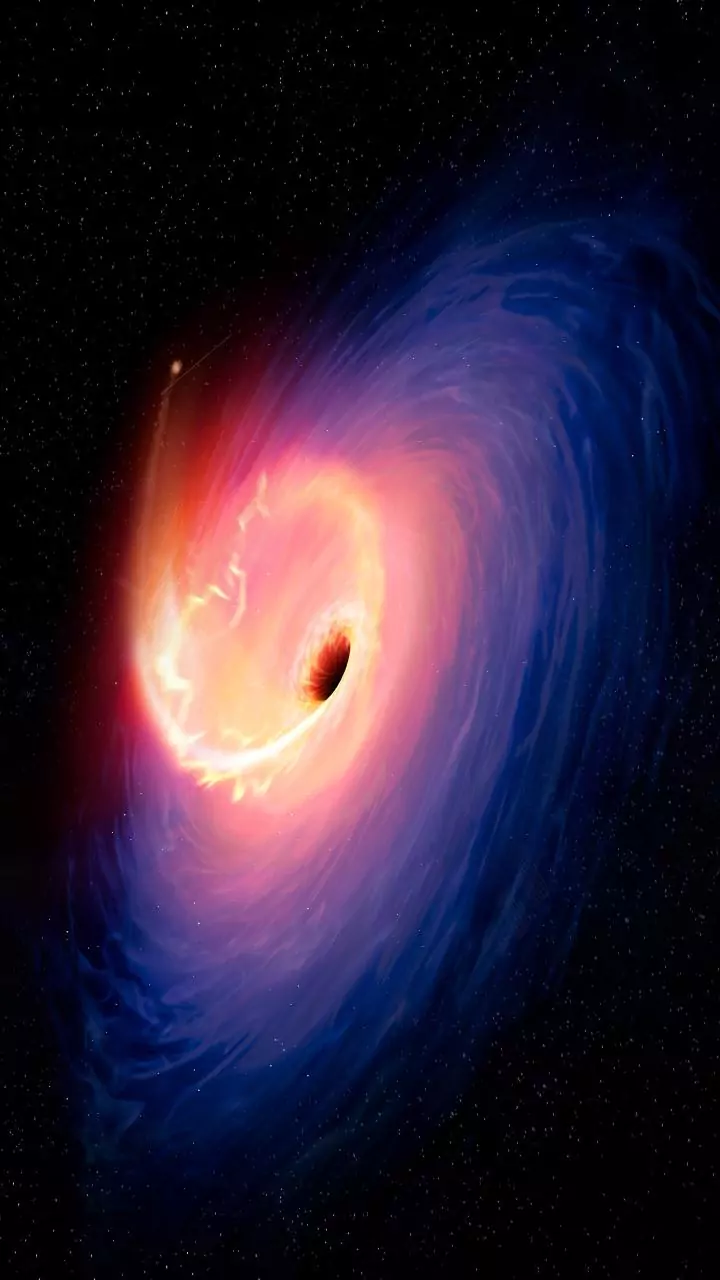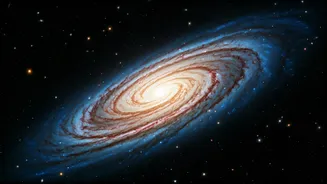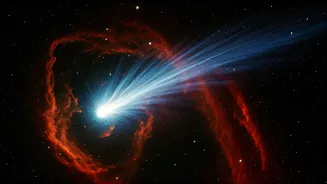Gravity and Quantum
The research focuses on the fascinating intersection of classical gravity and quantum mechanics. The prevailing view posits these two frameworks as distinct,
with gravity describing the large-scale structure of the universe and quantum mechanics governing the behavior of tiny particles. However, this study challenges this traditional perspective. It proposes that gravity, even in its classical form, might be capable of entangling matter. This is a perplexing concept, as entanglement is typically considered a hallmark of the quantum world, where particles become linked in such a way that their fates are intertwined regardless of the distance separating them. The research explores the potential implications of this connection, seeking to understand how the classical and quantum domains might be more closely related than previously imagined.
Black Holes and Bosons
Rapidly spinning black holes play a crucial role in this study, offering a unique environment to test these theories. The research suggests that the presence of these spinning black holes imposes a limit on the mass of ultralight bosons, hypothetical particles that are considered candidates for dark matter. The study uses the behavior around black holes to better understand bosons. These particles, if they exist, would be exceptionally light, and their interactions with gravity could reveal hidden quantum connections. The study uses these interactions to explore the limits of the models, in order to show if the gravity can indeed entangle matter in the way it is predicted. The findings could potentially reshape our understanding of dark matter and the fundamental nature of gravity.
Entanglement's Implications
The potential entanglement of matter by classical gravity has far-reaching consequences. If confirmed, this could lead to a re-evaluation of how we understand the very fabric of spacetime and the relationships between classical and quantum phenomena. It could also provide new avenues for exploring and understanding quantum gravity, which aims to reconcile general relativity (describing gravity) with quantum mechanics. Moreover, the study's insights might have implications for the search for dark matter. The limit placed on ultralight bosons by rapidly spinning black holes provides valuable constraints for researchers trying to identify dark matter, which constitutes about 85% of the total mass of the universe. The ability to better define the characteristics of these bosons, or exclude them as candidates, could significantly advance the search for this mysterious substance.
Future Research Directions
This research is likely to inspire further investigation and experiments. Scientists will likely try to find new ways to verify the link between classical gravity and quantum entanglement. This might involve exploring alternative models and frameworks that could accommodate the observed entanglement. Furthermore, researchers might focus on developing new detection methods to identify ultralight bosons, as well as refining the models used to explain their behavior. The study calls for a deeper understanding of the interplay between gravity, quantum mechanics, and the fundamental constituents of the universe. Moreover, the study has set the stage for a new generation of scientists to explore the boundary of our knowledge, possibly leading to discoveries that redefine our fundamental understanding of reality. It challenges long-held assumptions and opens up novel avenues for theoretical and experimental research.
